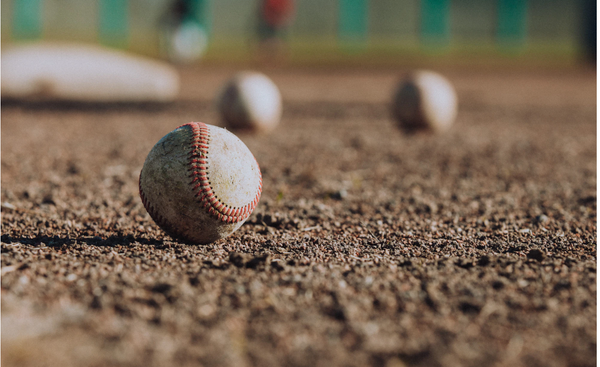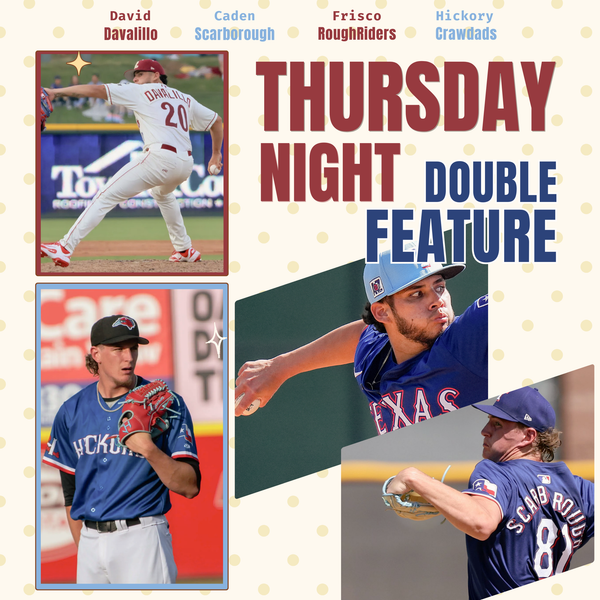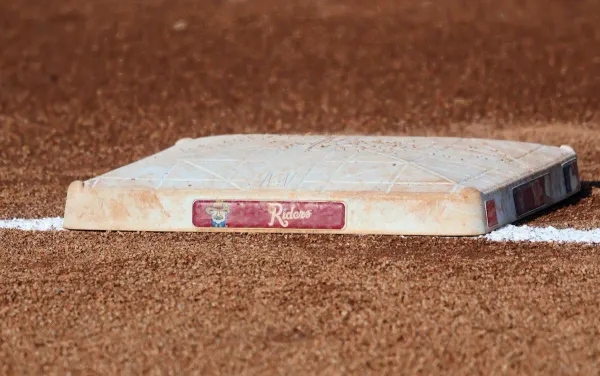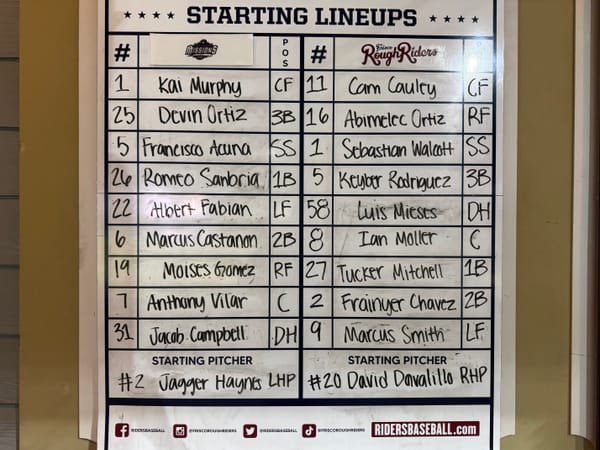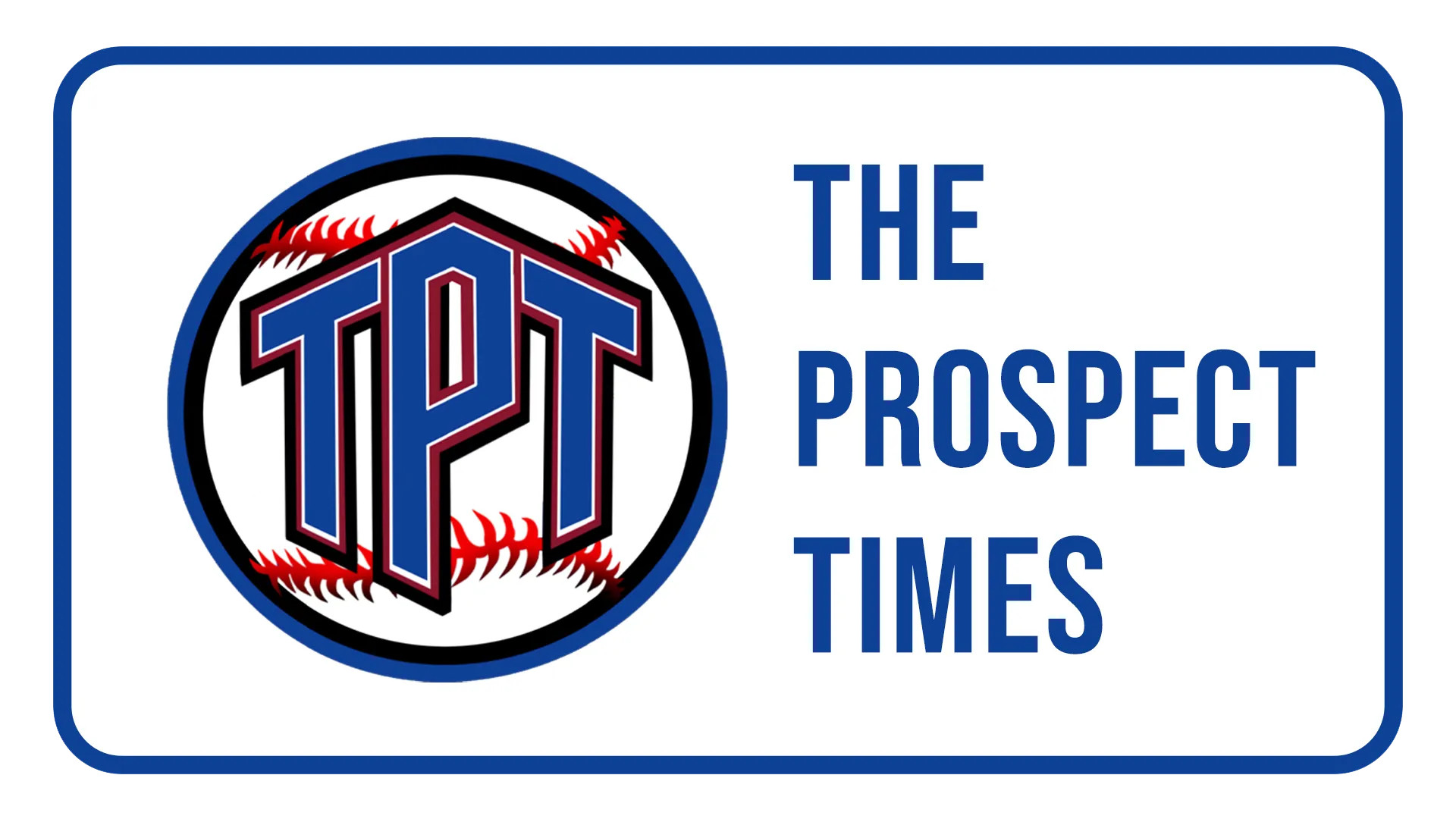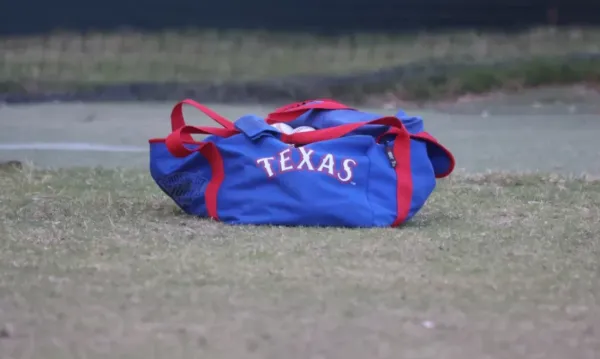
Every team does their best to have a great player development system in the minors. While it’s great for an organization to have a farm system that can develop players, all of that is for naught if a player can’t continue their development in the major leagues.
I’ll be looking at what every player on the roster has improved upon most since getting to the Rangers. Players that haven’t played at least one season with the Rangers will not be included. This means Grant Anderson, Cody Bradford, David Robertson, Kirby Yates, Justin Foscue, and Evan Carter will not be reviewed. Players who are going to miss a majority of the season will also not be included so, Jacob deGrom, Max Scherzer, and Tyler Mahle will not be on here.
Nathan Eovaldi: Cutter
When Eovaldi was on the Red Sox in 2022 he only threw his cutter 10.1% of the time, and when he did, it would get blown up. Hitters had a .333 batting average and .643 slugging percentage against it. They also hardly swung and missed when he threw it with a 10.1% whiff rate. For reference, Barry Bonds, the all-time leader in career home runs, had a .607 career slugging percentage and Luis Arraez, who is in the 100th percentile of whiff rate in 2023, was only 3% lower with a 7.8% whiff rate. So, hitters in 2022 against Eovaldi’s cutter hit for more power than Barry Bonds in his career and whiffed just a little bit more that 2023 batting champ Luis Arraez. All that equated to his cutter in 2022 having a -4 run value and a -2.1 RV/100 (run value per 100 pitches thrown). Both of those clips are well below league average.
Eovaldi didn’t just improve his cutter last year, it became his best pitch. It had a .238 BAA and .417 SLG. Both numbers improved by at least 29% each. Those improvements led to an increase of his run value up to 6 and his RV/100 up to 1.6. Both of those are the highest of any pitch he threw in 2023. His 1.6 RV/100 is 60% better than what Corbin Burnes had in 2023 at 1.0. Burnes is widely regarded to have the best cutter in MLB. How did he do this? Simple, he just stopped throwing it down the middle. In 2022, his heat zone was right in the middle of the strike zone and in 2023 it was just on the outside corner to RHB. In one year Nathan Eovaldi went from a well below average pitch to a pitch that resulted in a better cutter, on a per pitch basis, than the best one in the game. Hopefully the Texas native can continue to make strides in 2024.
Jon Gray: Changeup
Gray signed a 4-year deal with the Rangers before the 2022 season. He left the pitchers nightmare that is Coors Field in Colorado. While in Colorado, he never even had an average changeup. His best season where he threw at least 50 changeups was 2021 where he had a -2 run value and -0.8 RV/100. Batters had a .263 batting average, .571 slugging percentage, and an 11.4% whiff rate against Gray’s changeup in 2021.
Since coming over to Texas, Gray has improved his changeup in both seasons. In 2023 that pitch had a run value of 5 and RV/100 of 1.6. It improved to a .211 BAA and .268 SLG against. The batting average against by itself is elite but the slugging percentage against that pitch shows that whenever batters do put it in play, the hardly do any damage against it. Batters also swing and miss almost twice as much, as they had a 21.3% whiff rate.
Andrew Heaney: Limiting Home Runs
Throughout Heaney’s career, he has been about average at limiting baserunners. His career WHIP is 1.268 while the league average during that time is 1.307. While limiting baserunners isn’t a huge issue for him, it comes into play a lot whenever he gives up as many home runs as he has.
Heaney has a career 1.6 HR/9 and in his first half with the Rangers it was even worse, at a 1.8. This led to him having a poor 4.71 ERA and eventually getting demoted to the bullpen. The south paw was much better in the second half with a 3.38 ERA while having a higher WHIP than the first half. The reason he was able to do so was being able to limit the home runs. He cut his HR rate in the second half with a 0.9 HR/9. If Heaney can continue to limit the long ball at least in the first half of 2024 it would be huge for the Rangers as over half of their rotation comes back in the second half of the season.
Dane Dunning: Sinker
Dane Dunning has sneakily won the Rangers Pitcher of the Year two out of the three seasons he has been on the team. The first time he won it (2021) is more so because the Rangers rotation was terrible. He earned it more last year by posting a 3.70 ERA and stepping up after deGrom went down with an injury.
Dunning greatly improved on pounding the strike zone, as his BB/9 went from 3.6 in 2022 to 2.9 in 2023. He relied on his sinker much more in 2023. Not so much by how much he threw it, but by trusting it more. Comparing his heat zones from the past two seasons, his sinker filled up the strike zone a lot more in 2023 and produced better results. The run value on his sinker improved from -1 to 17 after throwing it in the strike zone more.
Jose LeClerc: Walks
Even though it can be very frustrating to watch LeClerc lose control and walk a few batters sometimes, it’s still miles better than what he was when he first came up for the Rangers.
From 2016-2020 LeClerc had a 15% walk rate and a 5.7 BB/9. Both of those can really haunt a pitcher if he has trouble getting swings and misses. Luckily, LeClerc is elite at not giving up hits or home runs. Even though the walks still aren’t great, he’s lowered his walk rate to 11.4% and a 4.2 BB/9. Being more consistently around the zone can lead to LeClerc being one of the most dominant relievers and not so much of a rollercoaster in his ERA. He had a 3.19 ERA from 2016-2020, which is great, but still not as good as he has been the past two seasons. He’s had a 2.75 ERA from 2022-2023.
Josh Sborz: Curveball
Like Eovaldi, Sborz’ worst, and least thrown pitch in 2022, became his best pitch in 2023. In 2022, hitters had a .316 average, .579 slugging, and a 54.5% hard hit rate (batted ball over 95 mph) against his curveball. All those numbers were the highest of all his pitches that he threw that year. Since he only threw the pitch 99 times the run value on it was -1. That number improved to 4 in 2023 with him also throwing it over twice as much at 215 times. Sborz saw much more success with the results as hitters hit .184 with a .224 slugging. Both are the lowest of the pitches he threw in 2023. He also was able to lower the hard hit rate down to 41.7%.
Brock Burke: Walks
Walks have never really been an issue for Burke, but he improved to be one of the best at preventing them in 2023. In his best season (2022), he was about league average with a 7.3% walk rate (55th percentile). He improved that to just a 3.6% walk rate (99th percentile) in 2023. Hopefully he can continue to limit while also limiting hard contact the same way he did in 2022.
Jonah Heim: Throwing Runners Out
Until 2023, Jonah Heim was well below average in terms of limiting the run game. He had -2 and -1 caught stealing above average in 2021 and 2022 respectively. While he has always been regarded as an elite defender, that was more in reference to his framing. Allowing runners to steal on you can set the pitching staff and team up for failure as it allows the others team not to worry about how they are going to get an extra 90 feet. He improved his CS above average to 5 in 2023. That ranked 4th in the American League and 8th in MLB.
Nathaniel Lowe: Defense
Before 2023, Lowe was easily one of the worst defenders in MLB. He entered spring training before the season with a major focus on his defense and wow did it ever pay off.
In 2022, it’s not a stretch to say it would have been better for anyone else on the roster to play first for the Rangers. He recorded -11 outs above average, which was in the 2nd percentile. He not only improved to a great 5 OAA in 2023, which was in the 88th percentile, but he won his first career gold glove at first base.
Marcus Semien: Sweet Spot Percentage
According to baseball savant, sweet spot percentage is a batted-ball event with a launch angle between eight and 32 degrees. Initially when looking at this, it doesn’t seem all that important until you realize Semien doesn’t hit the ball very hard. A ball hit on the “sweet spot” means it has a higher chance to become a hit and result in more success.
In Semien’s first season with the Rangers, his sweet spot percentage was 32.4%, which was in the 36th percentile. Pair that with his average exit velo at 87.3 mph (18th percentile) and it’s very hard to be successful, and that was shown by Semien’s results. Semien found the sweet spot 37.5% of the time (84th percentile) in 2023 and hit the ball just a bit harder at 88.4 mph and it let to much greater success for him. He earned his second all-star nod, second silver slugger, and third top three MVP finish in five seasons.
Josh Smith: Barrel Rate
With Smith playing very sporadically, he wasn’t qualified in many stats, but the one he did improve upon the most was his barrel rate. Barrel rate is a batted ball hit with the optimal exit velo and launch angle, or essentially how often a batter hits a line drive. In 2022 Smith was doing that just 2.4% of the time but improved it to 10.5% in 2023. Hopefully this can lead to more success if he gets more playing time in 2024.
Josh Jung: Defense
One of the biggest concerns with Jung while he was in the minors was his ability to play and stick at third base. He came up for a month in 2022 and wasn’t terrible but wasn’t amazing either. Jung proved that he is a great defender in 2023. Even while missing over a month, Jung recorded 6 OAA, which was in the 91st percentile. He also made huge plays defensively throughout the playoffs to help the Rangers win their first World Series title.
Ezequiel Duran: Hard Hit Rate
If I was using non-quantifiable improvements, Duran’s biggest improvement was his versatility. Zeke was not very good in his stint with the Rangers in 2022. He came up and didn’t hit the ball hard, chased pitches out of the zone, and swung and missed a lot. In 2023 he proved that when he puts it all together, he can be one of the most valuable players on the team.
A “hard hit” is a batted ball that is hit 95+ mph. A ball hit that hard is typically a hit unless it’s hit into the ground or right at someone. Duran improved from a 31.8% to a 43.9% hard hit rate. That mark was in the 65th percentile of all hitters. Hopefully he can continue to improve on this number and post better results in 2024.
Corey Seager: Defense
There’s never been a question about Seager’s bat. Even though he had a “down” season in 2022, the underlying stats were still very good, and he had the track record to show fans not to worry. Even though he was trying to figure it out at the plate, he improved a lot with his glove.
While Seager was with the Dodgers, he was bad defensively to say the least. He averaged about -3 OAA per year from 2016-2021. Since he came over to the Rangers he has improved drastically. He had 4 and 1 OAA in 2022 and 2023 respectively, ranking in the 73rd percentile or higher. Although he didn’t win it, he even earned a gold glove nomination in 2023.
Travis Jankowski: Hard Hit Rate
To make things clear, this does not mean that Jankowski hits the ball hard. With that being said, he hit the ball hard much more often in 2023 than he had in a long time. He had a hard hit rate of 25.5% in 2023, which was his highest since 2017 with the Padres.
Leody Taveras: Power
Coming up in the Rangers system, Taveras was always thought to be a glove first center fielder that could provide a little bit of contact. In 2023 he proved he could also provide some power along with his elite defense.
He had a career high in average exit velo (90.1 mph), slugging percentage (.421), ISO (.155), doubles (31), and home runs (14). If he can continue to improve he could cement himself as the every day center fielder of become a very valuable trade piece.
Adolis Garcia: Plate Discipline
There was no hesitation here to say El Bombi most improved on his plate discipline. It was rare to watch a Ranger game in 2021 and 2022 and not get frustrated watching Adolis chase a pitch out of the zone. In 2023 he was clearly set on improving that part of his game.
In 2022, Garcia chased pitches outside of the zone 37.3% of the time and only walked 6.1% of the time. Those are both in the 21st percentile or lower. This led to less production as he would get himself into bad hitters counts and set himself up for failure. He improved his chase rate to an almost league average 29.3% and walked well above average at 10.3%. No one expected this from him, as when a player is 30 years old, their style of play is basically locked in. Luckily, he worked on his flaws, as it led to his best season in the majors so far. He earned MVP votes for the first time in his career and became a postseason and Rangers legend in October.
Share this article
Written by
Brady Cottar
Join the conversation
